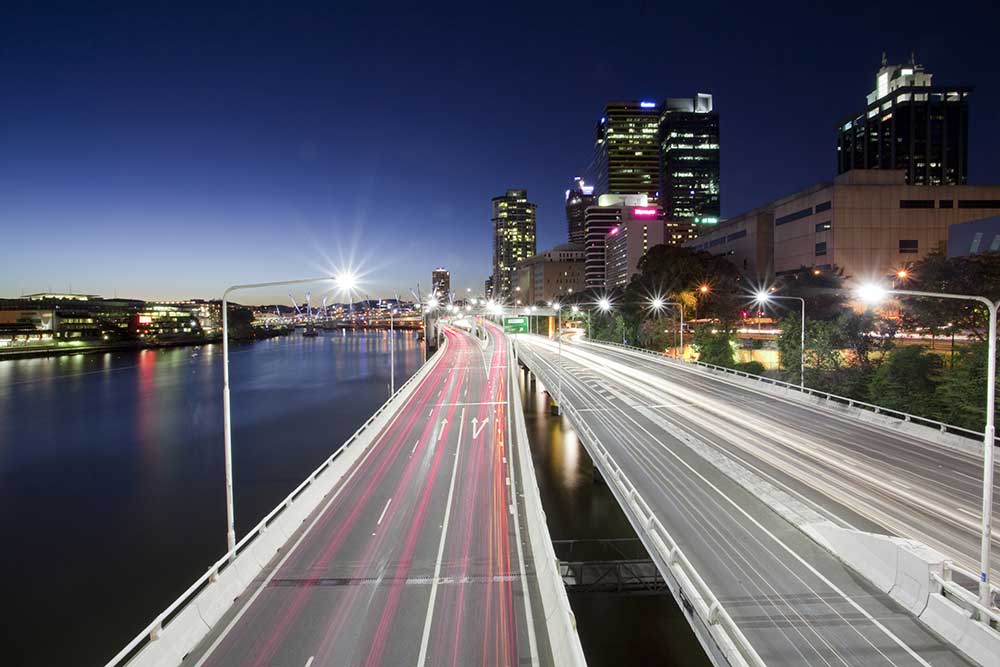If there’s one thing we’ve learned over the past couple of years, its that the popularity of Brisbane is on an unprecedented rise. The world has woken up to what us Brisbane-dwellers have known all along: this is a fantastic city to live in. And they’re moving here in droves.
Interstate migration is up, and our population is increasing. This has had a magnificent effect on real estate prices, with the city recording record increases in property prices. However, more people now combined with anticipated future growth means a lot more traffic on our public transport and road systems.
We’re certainly not at Sydney levels yet, but the council has had to be proactive in mitigating congestion on our transport systems. One of the projects coming into fruition is the Brisbane Metro.
What is the Brisbane Metro?
When we hear the word Metro we often think of underground train systems. The Brisbane one is not that, however. Rather it’s a series of electric buses, running along two dedicated busways, connecting 18 stations across the city. With the Metro linking up with current bus and train services, the whole of Brisbane is set to benefit from this initiative.
The project was announced in 2016 to deal with congestion bottlenecks (particularly at the Cultural Centre) forming within the city. The aim was to reduce these while offering reliable and easy methods to travel from the suburbs to the city. In 2018 it was assigned ‘high priority’ status on the Infrastructure Australia Priority List, and construction is well underway on key elements of the project.
Let’s look at what some of these key elements are:
The Electric Buses
The 60 battery electric buses making up the Metro fleet will be the first of their kind in Australia. 25-metres in length, they’re bi-articulated and can carry 150 passengers comfortably. With zero tailpipe emissions, they will contribute to a cleaner, greener city of Brisbane, providing sustainable and energy efficient public transport. Estimates are they’ll save 50,000 tonnes of greenhouse emissions over 20 years.
Infrastructure
The metro will rely on existing busway routes but includes a number of infrastructure developments. These include:
- A tunnel, currently under construction, underneath Adelaide Street in the city
- A significant upgrade to The Cultural Centre station
- Victoria Bridge will be altered to provide three lanes for metro and bus services
- Upgrades to suburban stations and public realm improvements at Melbourne Street and Grey Street.
The Brisbane Metro Routes
There will be two routes, Metro 1 and Metro 2. Metro 2 runs from The Royal Brisbane Womens Hospital on the north of the city, into the city and out to the University of Queensland Lakes Station.
Metro 1 is important to the southside of Brisbane, as it runs from Roma Street Station in the city out to Eight Mile Plains station, incorporating 11 stations on its route. With the larger buses and more frequent services to and from the city, this is going to make the lives of residents on the southside a lot easier. On top of that, the project is creating 2600 jobs through design and construction.
If you’d like to know more about life on the southside of Brisbane, or have any questions about the real estate markets there, please get in touch with The Henry Wong Team®. Henry has lived here his entire life and would love to chat about it.




